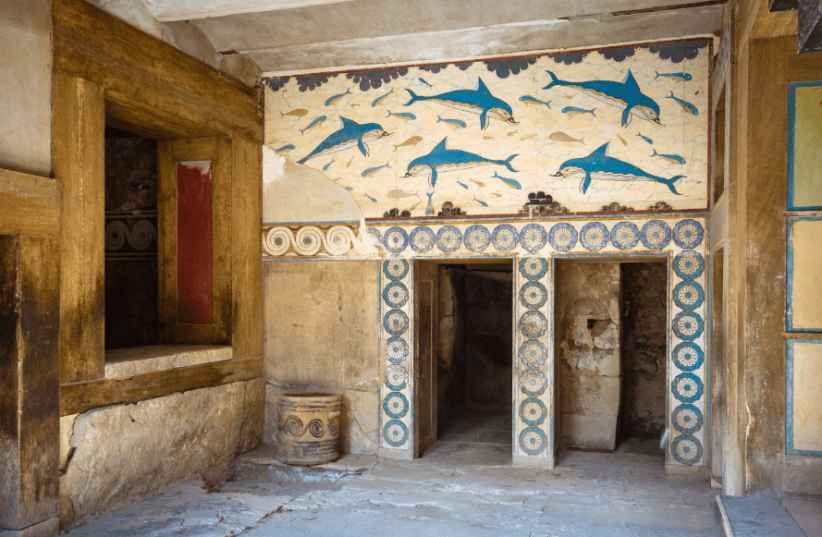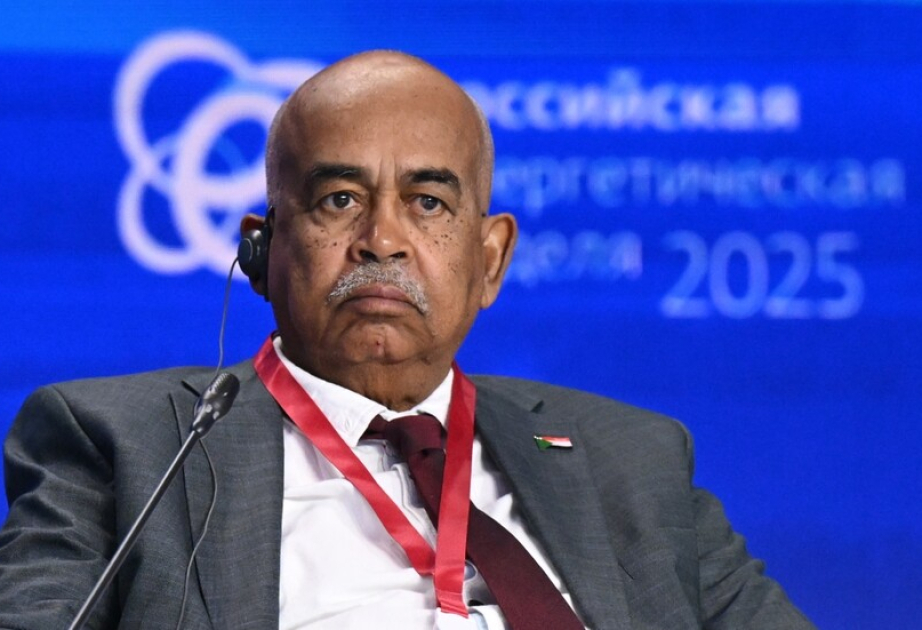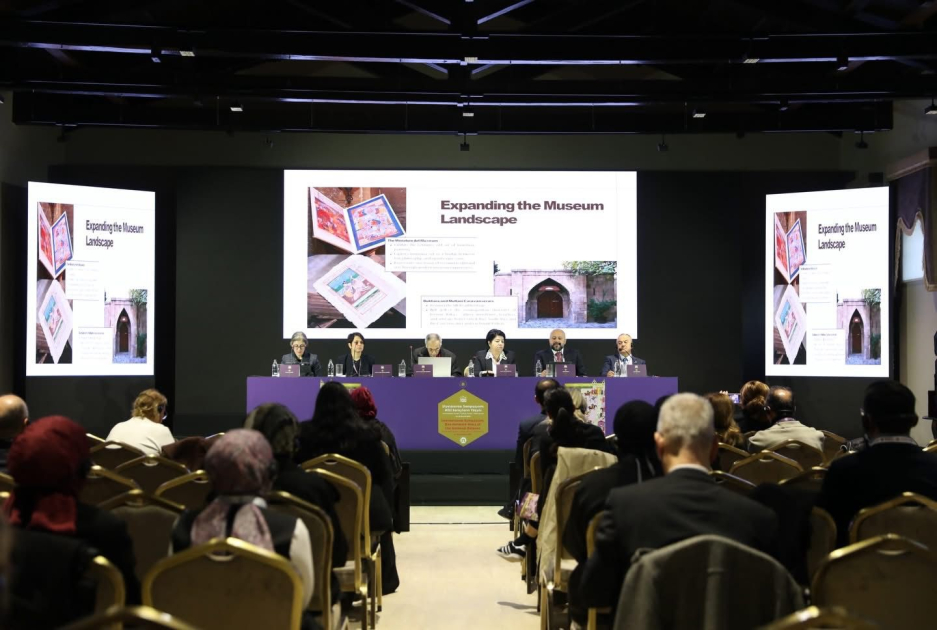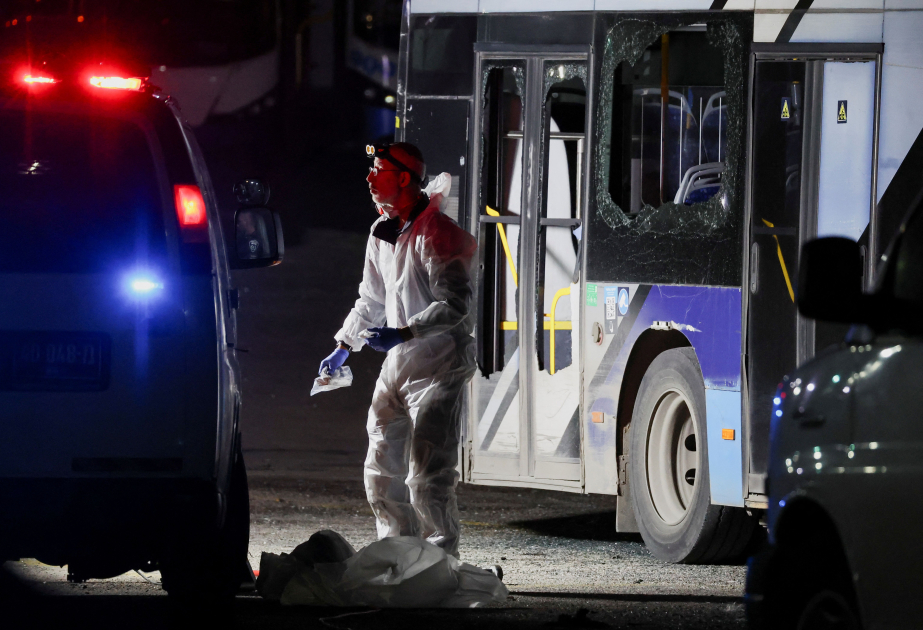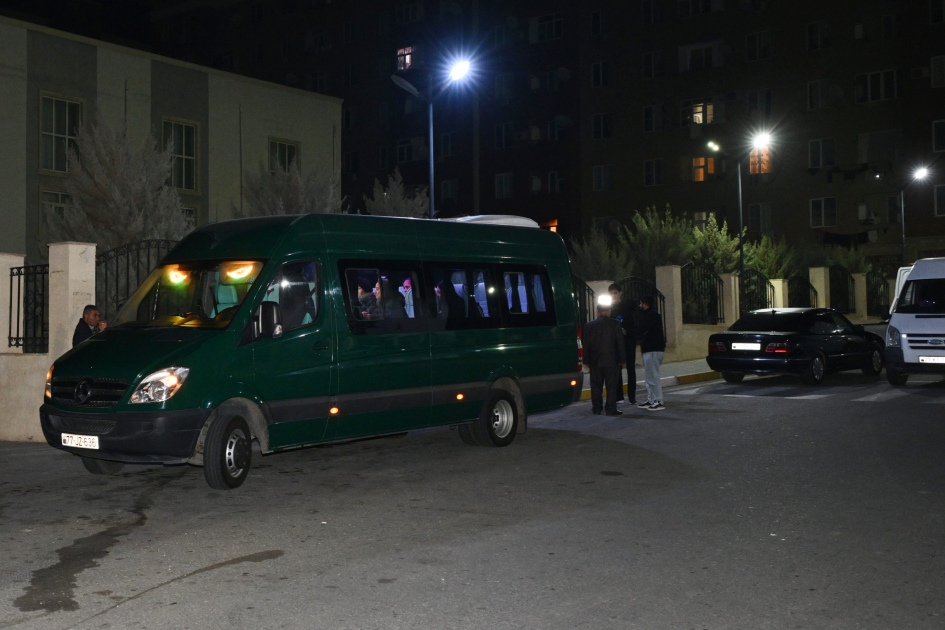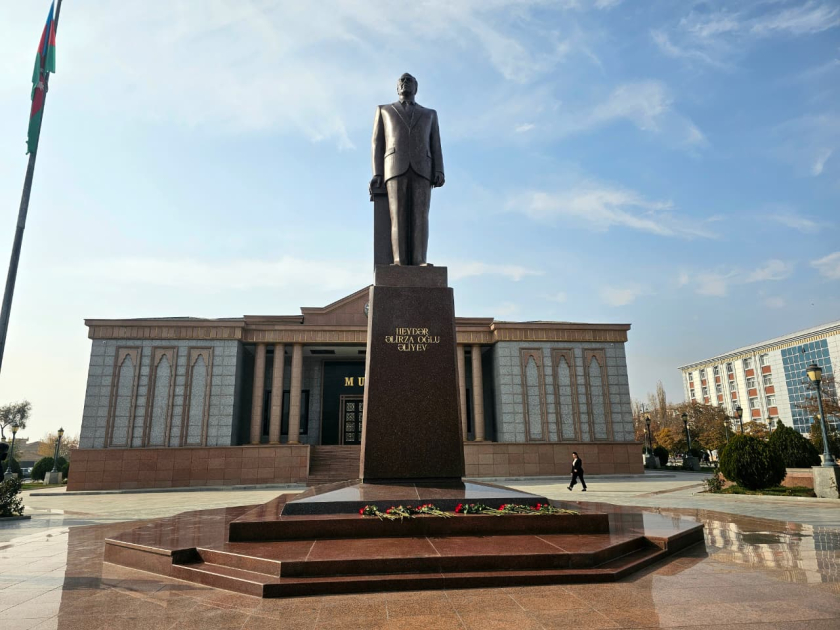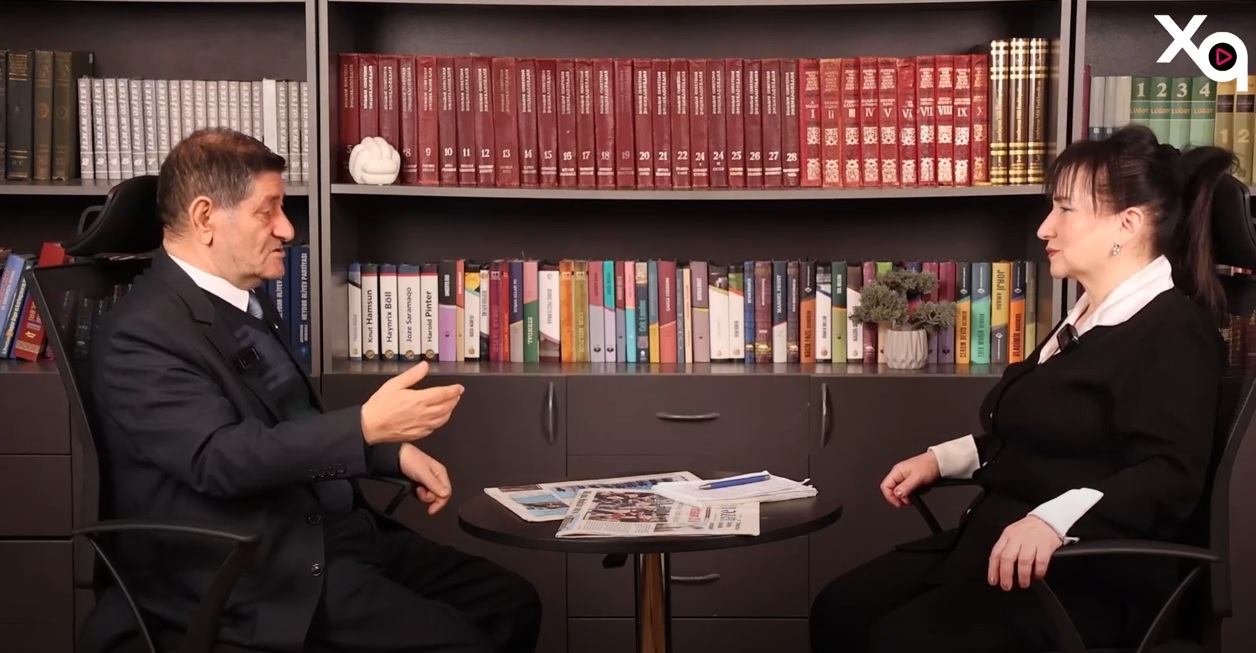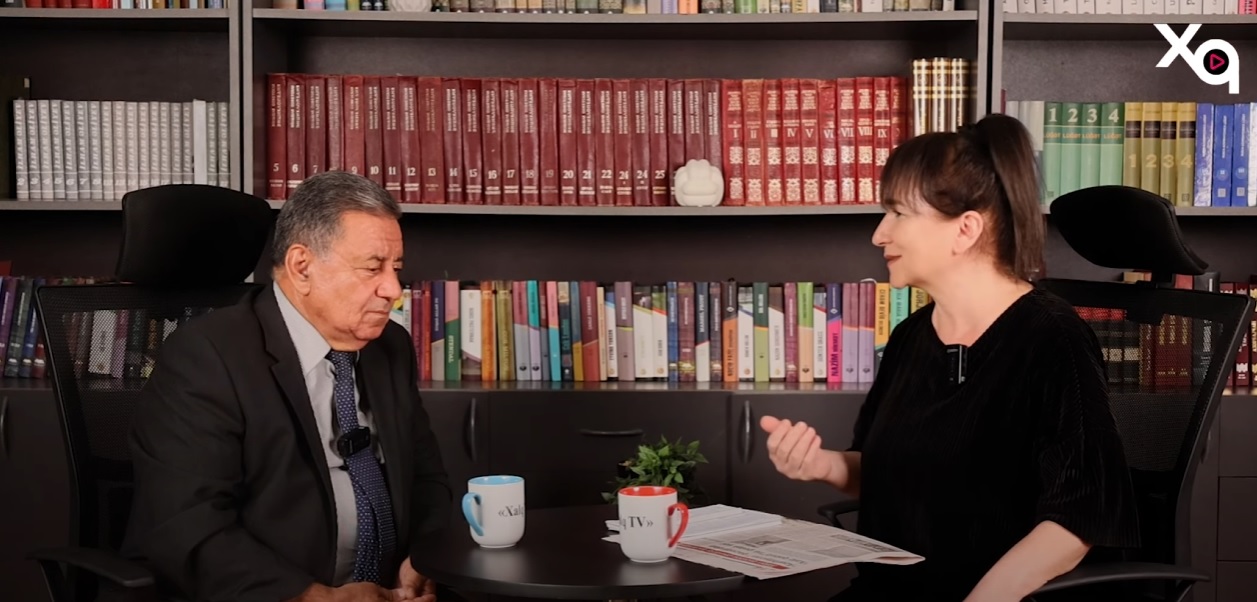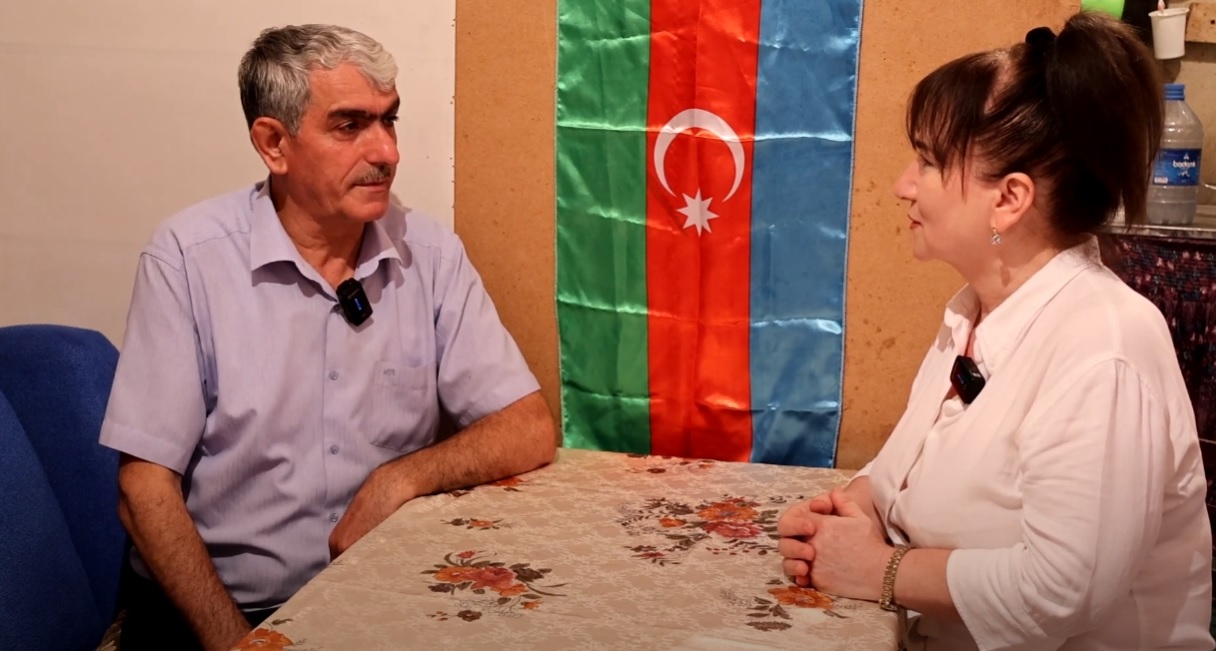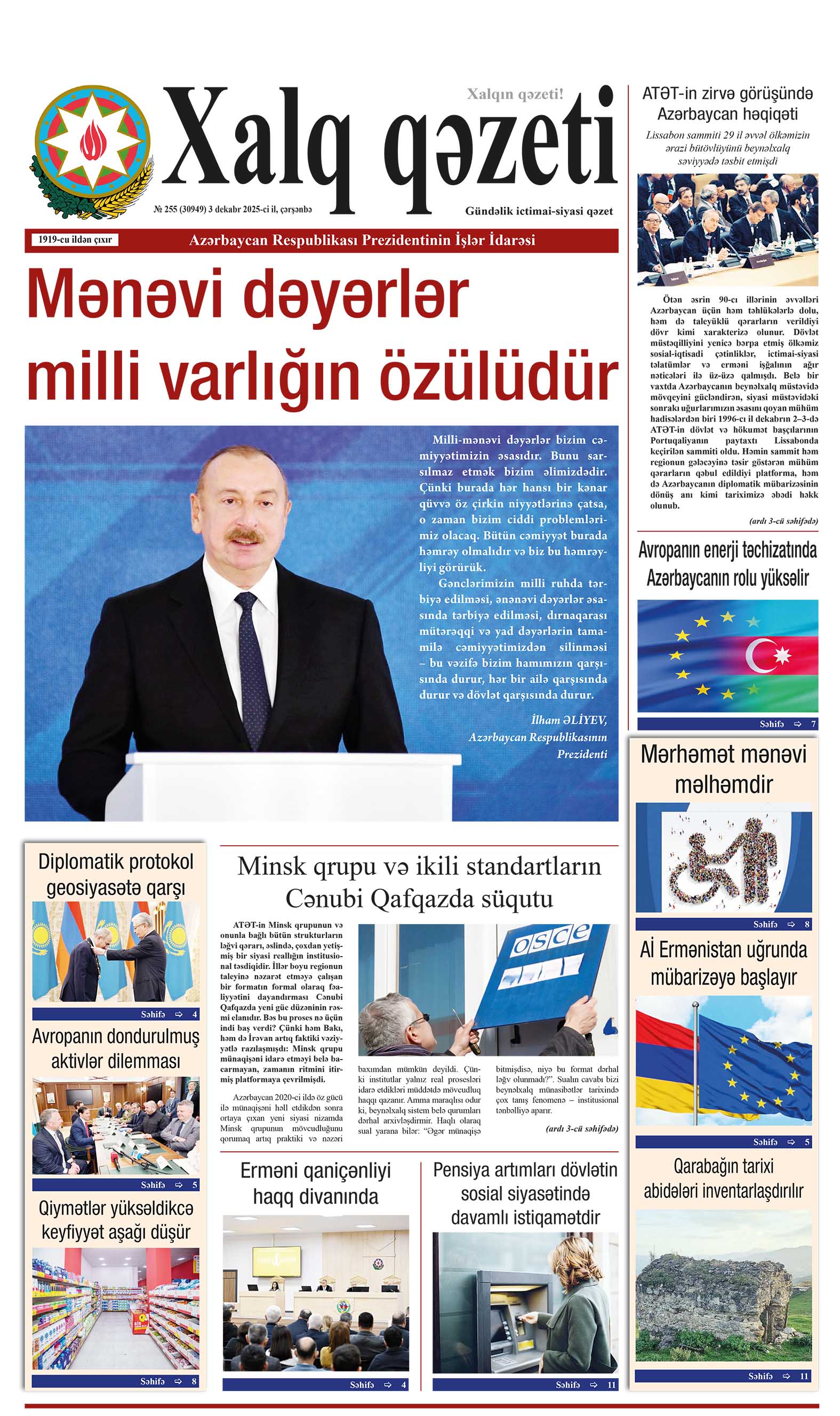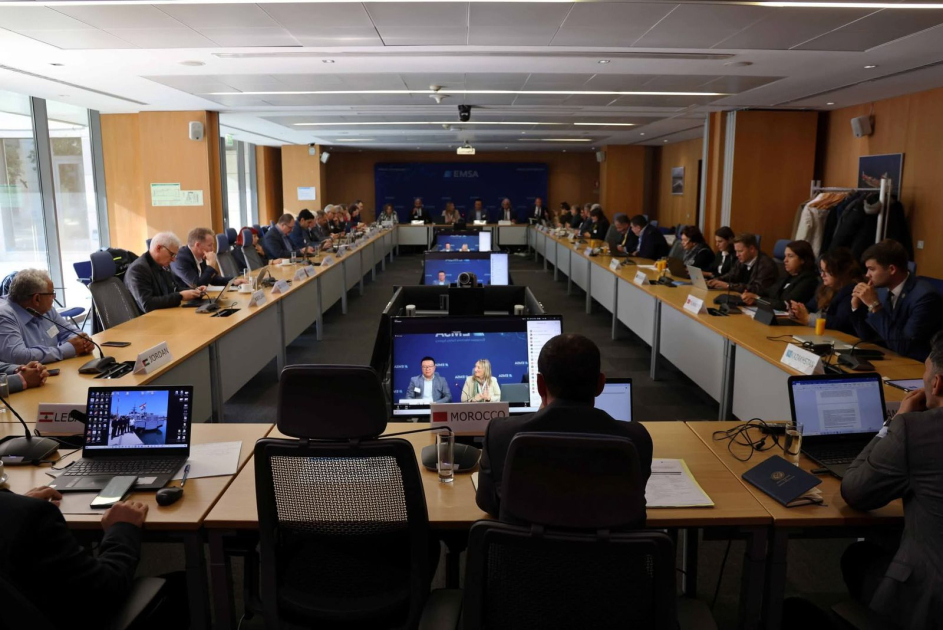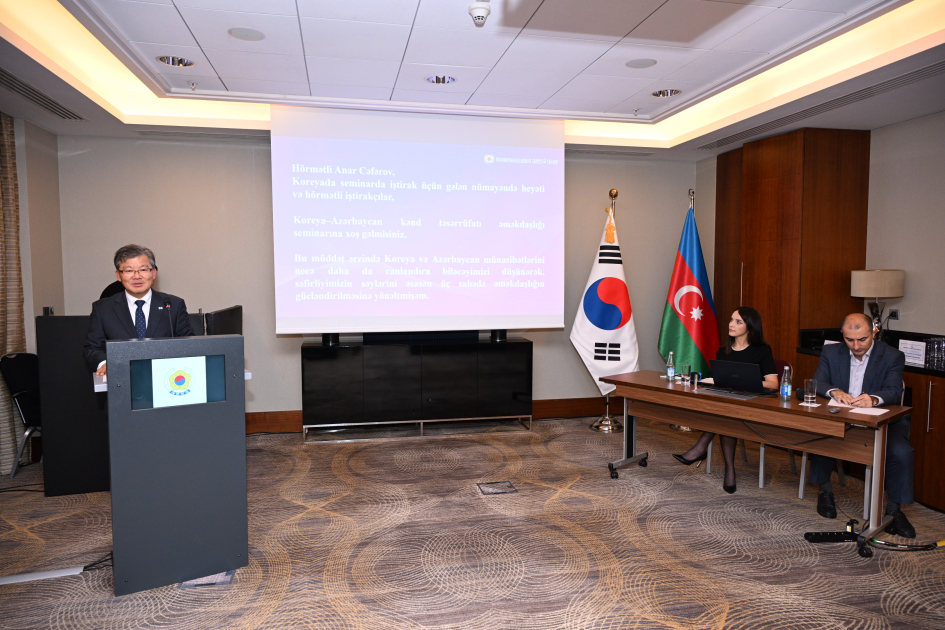By JERUSALEM POST STAFF
Archaeologists cite neglect of Knossos site and urgent need for restoration.
Greek politicians and archaeologists expressed outrage over the collapse of a section of the 'Dolphin Fresco' at the Palace of Knossos in Crete. The incident occurred on Friday when a replica of the famed fresco detached from the eastern wing of the palace due to stormy winds.
Nikos Androulakis, the president of the Greek PASOK - Movement for Change party, criticized the government's handling of the incident. "Knossos internationally exposes the country when it is in this condition," said Androulakis, according to CNN Greece. He added that the minister must take responsibility and apologize, describing the situation as an "unthinkable image" in one of the most important archaeological sites of the country.
Members of the PASOK-KINAL party, including Naya Grigorakou, Eleni Vatsina, Fragkiskos Parasyri, Aikaterini Spyridaki, and Emmanouil Chnaris, submitted a question to the Greek Minister of Culture Lina Mendoni regarding the collapse of the fresco with the dolphins, emphasizing the urgent need for substantial conservation and care of this recognizable monument.
The Heraklion Antiquities Ephorate completed the collection and removal of the fragments of the 1960 copy of the 'Dolphin Fresco' last night from the so-called 'Queen's Apartments' at Knossos, reported in.gr.
The 'Dolphin Fresco' is a replica that was installed in the 1960s during the interventions of British archaeologist Arthur Evans, who used artist's copies and modern materials to bring the frescoes to life, as detailed by Proto Thema. The original 'Dolphin Fresco,' a masterpiece of Minoan art and a symbol of Aegean civilization, is housed in the Heraklion Archaeological Museum.
The fresco detached yesterday afternoon due to the stormy winds blowing in the area, and initial estimates indicate that two of the three parts broke and suffered serious damage, according to Έθνος.
At the time of the incident, approximately 300 visitors were present at the site, raising intense concern about the preservation status of the Knossos archaeological site, reported LIFO. The eastern wing of the Knossos site, where the collapse occurred, has been cordoned off and will remain closed until further notice for safety reasons and damage assessment.
Tourism professionals and archaeologists in Crete are speaking of systematic neglect of the Knossos archaeological site, emphasizing the urgent need for substantial conservation and care, especially as it is in the process of being included in the UNESCO World Heritage List.
The MPs stated: "Despite being one of the most visited archaeological sites in Greece and generating significant revenue, the government fails to invest the necessary funds for Knossos's maintenance, protection, and promotion," according to Newsit.
The collapsed section of the 'Dolphin Fresco,' made of plaster and consisting of three separate parts, was a copy from the 1960s, restored by Arthur Evans, and bears the stamp of his restoration. The fresco is a symbol of Minoan artistic heritage, regarded as an integral part of the identity of the archaeological site of Knossos and one of the most emblematic points of Minoan civilization.
The local media neakriti.gr noted that tour guides, stakeholders, and archaeologists warned for years about the poor maintenance condition of the site and the need for restoration, without any substantial solution being provided, as reported by Newsbomb.
Marina Kontotoli, the Culture Sector Head of SYRIZA's Parliamentary Group, stated: "The collapse of part of the 'Dolphin Fresco' at the Palace of Knossos, in the presence of hundreds of visitors, dramatically highlights the problems in the management and maintenance of our cultural heritage." She added, "Knossos, the second most visited archaeological site in the country, requires continuous care and not opportunistic interventions. The deterioration even of a replica, in such a central location, constitutes a loud warning."
The Heraklion Antiquities Ephorate started the preparation for the restoration of the replica of the Dolphin fresco, with the commencement of the restoration project imminent as part of the projects funded by the Regional Operational Programme of Crete—ESPA 2021-2027, according to Proto Thema.
The restoration project for the collapsed section of the fresco at Knossos is imminent, with necessary conservation and restoration studies already prepared and funded by the Crete Regional Operational Program - ESPA 2021-2027, reported by CNN Greece.
Due to the adverse weather conditions, the operation of the archaeological site at Knossos was temporarily suspended for safety reasons, as stated by Η Καθημερινή.
The Palace of Knossos, with its complex architecture, luxurious apartments, and emblematic frescoes, is considered one of the greatest achievements of prehistoric Europe.
The 'Dolphin Fresco,' which adorned the 'Queen's Apartments,' is one of the most characteristic and beloved depictions of Minoan aesthetics, as reported by Έθνος.
Arthur Evans, the British archaeologist who excavated and restored Knossos in the early 20th century, used artist's copies and modern materials to bring the frescoes to life.
The collapse of the fresco underscores the urgent need for substantial conservation and care of the most recognizable monument of Crete.
The MPs concluded: "Knossos deserves more than hasty measures and passive inertia. It deserves the care and respect that corresponds to its size and importance," according to Newsit.
The incident underscores the need for systematic maintenance and continuous vigilance in sites of global cultural significance, particularly in response to the challenge of climate change.
The collapsed section of the fresco dates back to the 1960s and is a replica that has been considered an integral part of the monument for decades, reported by iefimerida.
The Minoan Palace of Knossos, attracted over 1,000,000 visitors in 2024 alone and revenues exceeding 11,000,000 Euros.
Despite the large revenues generated by the Knossos site, they are not reinvested in basic needs for the maintenance and promotion of the monument,.
The fact that Knossos is the most visited monument in Crete with high ticket prices intensifies the voices about unjustified indifference.
"Knossos is not being maintained," stated Eleni Samaritaki, the president of the Association of Guides of Crete and Santorini, to Cretalive, referring to it as a "gold mine" that remains in a state of neglect.
The incident has caused intense concern about the preservation status of the Knossos archaeological site, especially as it is in the process of being included in the UNESCO World Heritage List.
The Ministry of Culture requested the damage to the fresco be repaired as soon as possible to prevent further damage.
The fallen parts of the fresco suffered serious damage and broke, with two of its three sections detaching and falling to the ground.
The palace of Knossos was the political, economic, and cultural center of Minoan Crete.
The collapse is attributed to stormy winds.


